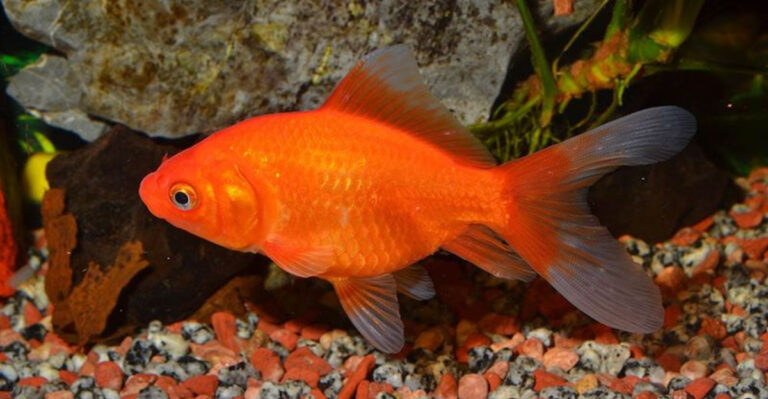15 Fun Facts About The Blue German Shepherd
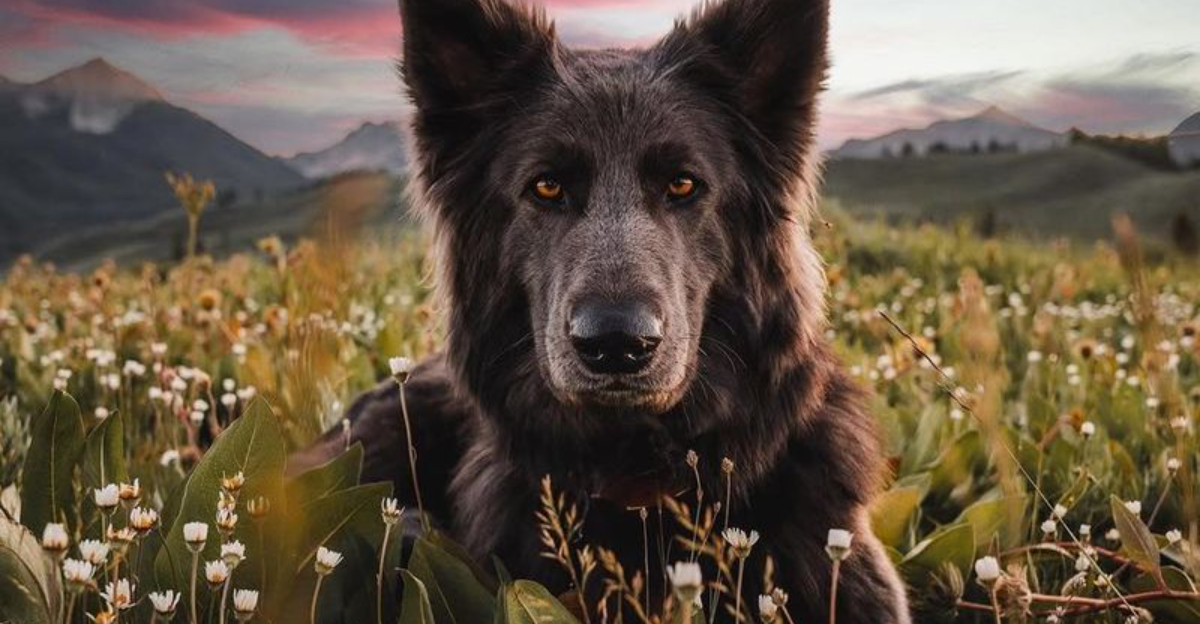
The Blue German Shepherd is a captivating variety of the beloved German Shepherd breed. Known for their distinctive bluish coat, they present an intriguing blend of beauty and intelligence. This breed not only stands out for its unique appearance but also for its loyal and protective nature.
As you explore these fascinating facts, you’ll gain a deeper understanding of what makes the Blue German Shepherd such a special pet. From their historical origins to their health considerations, this comprehensive overview is sure to enchant dog lovers everywhere.
1. The Fascinating History Behind The Blue German Shepherd
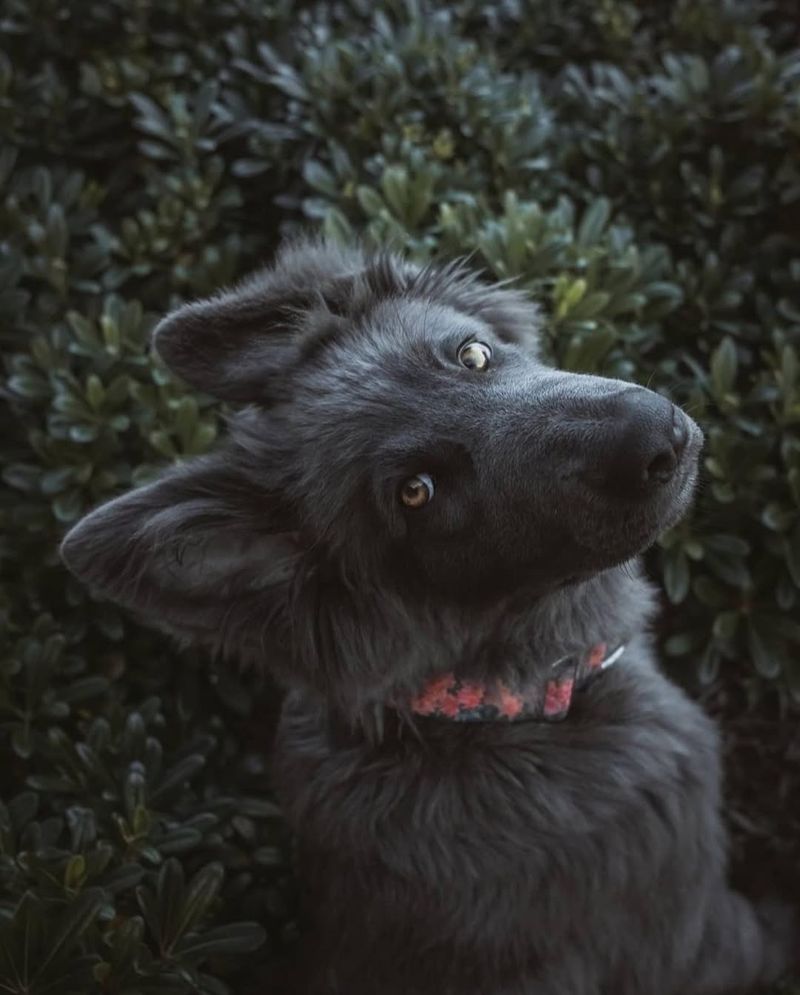
The Blue German Shepherd traces back to the early 20th century. Originating from traditional German Shepherd lines, this variety was initially overlooked due to its unusual coat color. However, enthusiasts soon recognized their unique charm.
Historically, these dogs were bred for working purposes, excelling in tasks like herding and guarding. Over time, their distinct hue became more appreciated, leading to their rise in popularity.
2. What Makes The Blue German Shepherd’s Coat Unique?
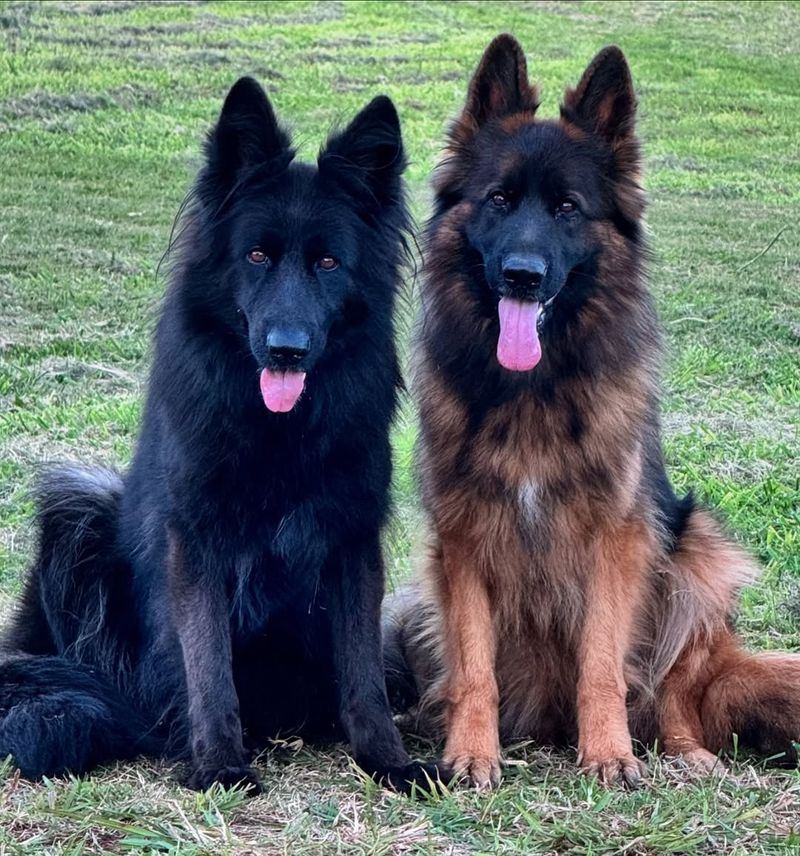
The unique coat of a Blue German Shepherd is its most striking feature. This bluish tint results from a dilution gene affecting the black pigmentation. Unlike standard German Shepherds, whose coats range from black to tan, the Blue German Shepherd’s fur appears almost silvery.
This coloration is often paired with a soft, plush texture, making them pleasant to pet. Additionally, their coat can vary in patterns such as sable or solid blue.
3. What Sets Them Apart In Appearance
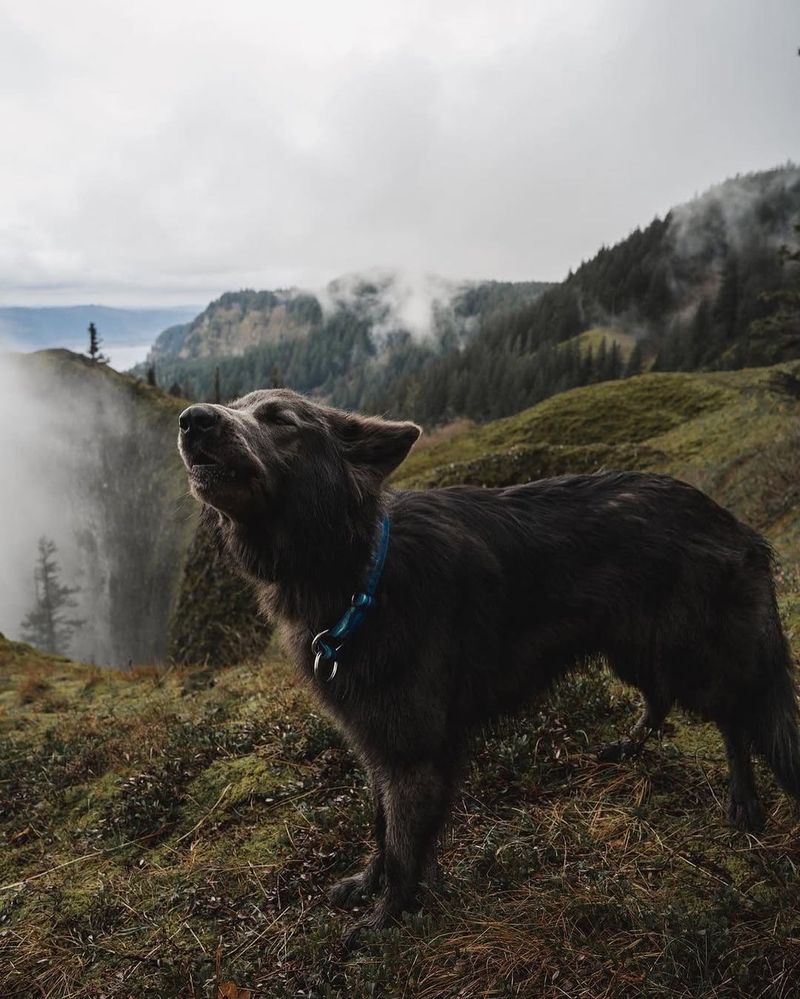
Spotting a Blue German Shepherd is a visual delight. Their striking blue coat immediately sets them apart. Apart from the coat, these dogs have the same strong, athletic build typical of German Shepherds. Their eyes may appear lighter, complementing the coat’s unique hue.
Notably, they possess a noble and confident stance, exuding both strength and grace. Their appearance is further accentuated by their well-proportioned body and alert expression.
4. Understanding The Personality Of Your Blue German Shepherd
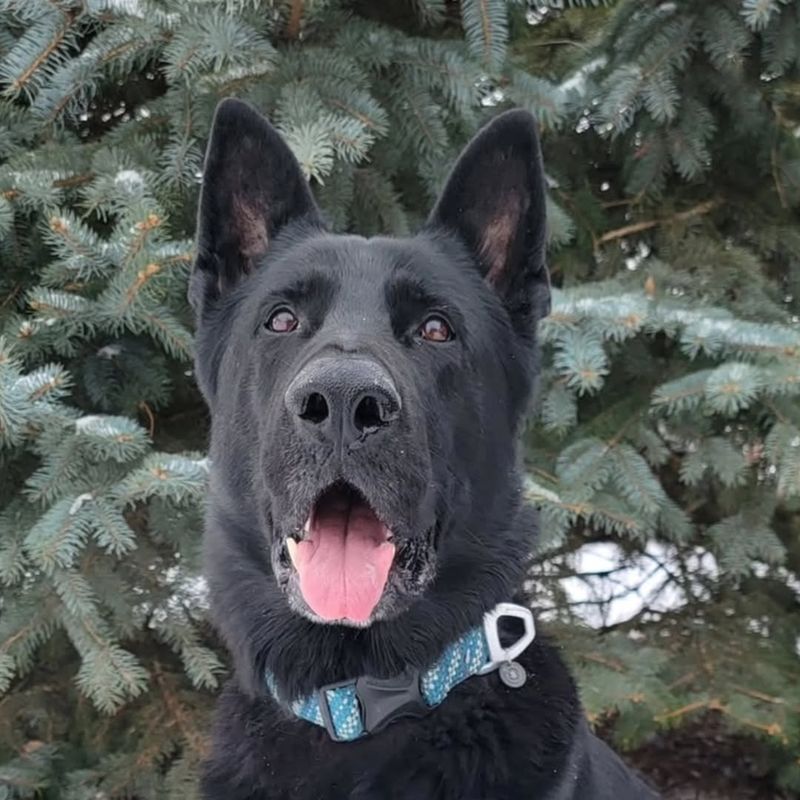
The Blue German Shepherd boasts a personality as dynamic as its appearance. Known for their intelligence, they are quick learners and thrive on mental stimulation. They form strong bonds with their families, showing immense loyalty and affection.
These dogs are also protective, often serving as excellent watchdogs. Despite their alertness, they are gentle and patient with children, making them ideal family pets.
5. How The Blue Gsd Settles Into Your Home And Family
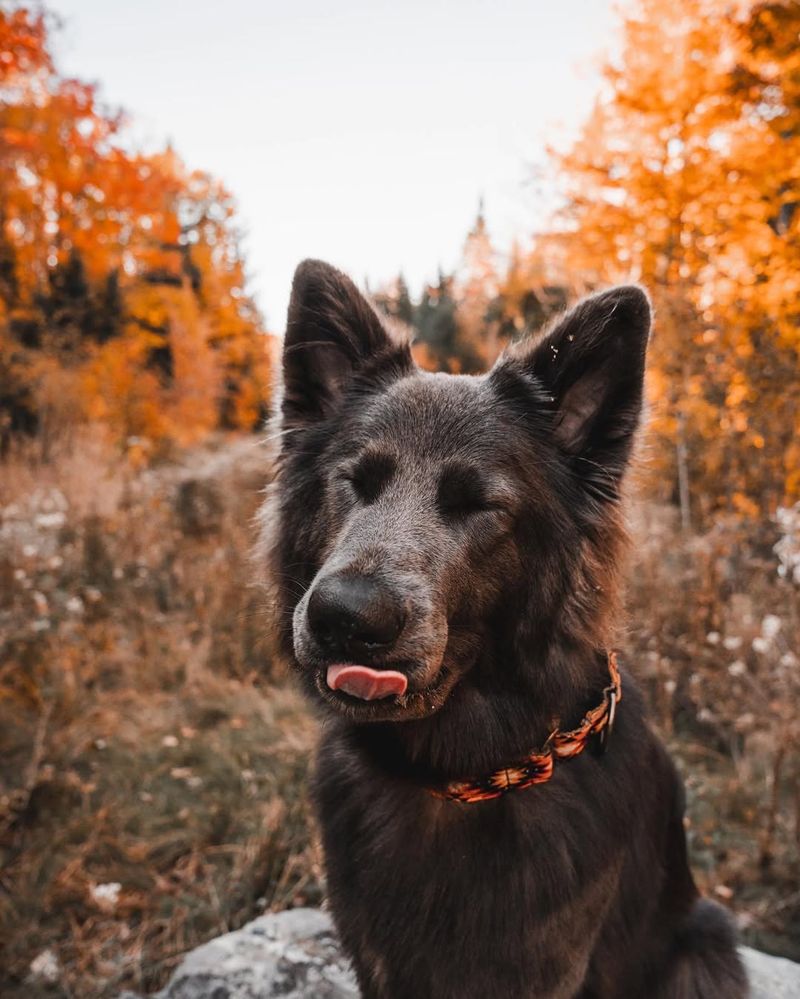
Bringing a Blue German Shepherd into your home is a joyful experience. They adapt well to family life, quickly becoming a beloved member. Their affectionate nature means they thrive on companionship, enjoying time spent with people.
With proper introductions, they coexist peacefully with other pets, enhancing household harmony. These dogs appreciate routine and structure, which aids in their adjustment. Providing a loving, stable environment encourages their best traits to shine.
6. Exercise Requirements: How Active Should A Blue German Shepherd Be?
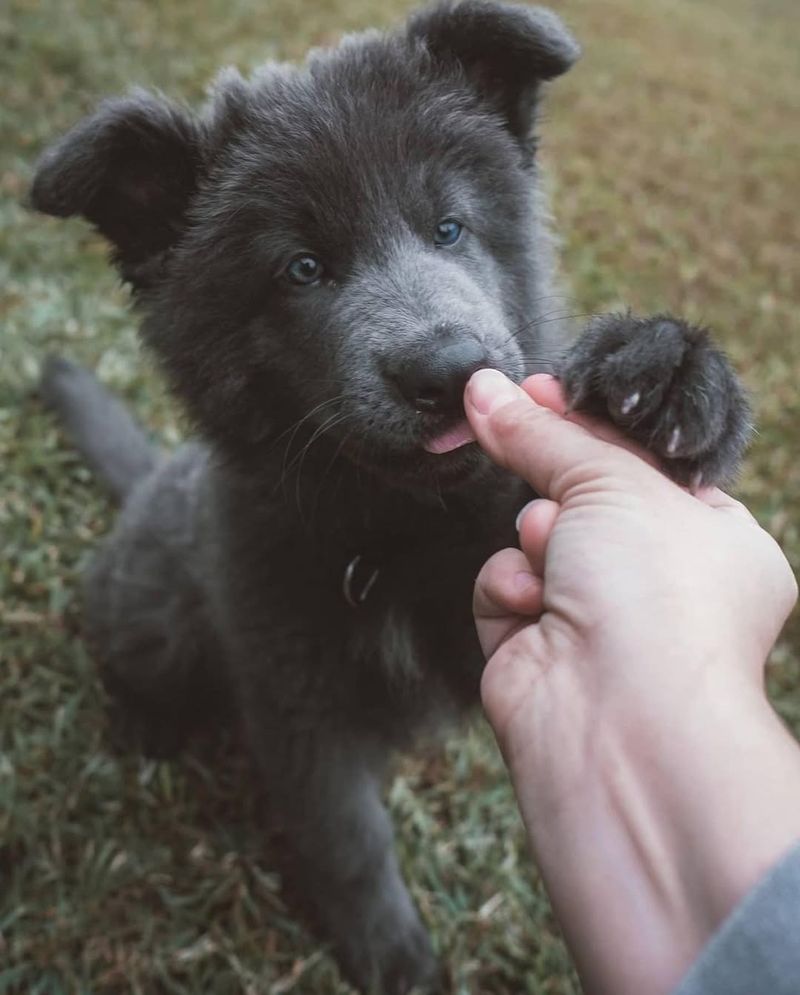
Exercise is crucial for a Blue German Shepherd’s well-being. Being an active breed, they require regular physical activity to stay healthy and happy. Daily walks, playtime, and engaging activities like fetch or agility training are ideal.
These dogs thrive on both physical and mental challenges, benefiting from activities that stimulate their natural instincts. A lack of exercise can lead to boredom and undesirable behaviors. Therefore, ensuring they have ample opportunities to expend energy is essential.
7. Training Your Blue Shepherd: Tips For An Obedient Pup
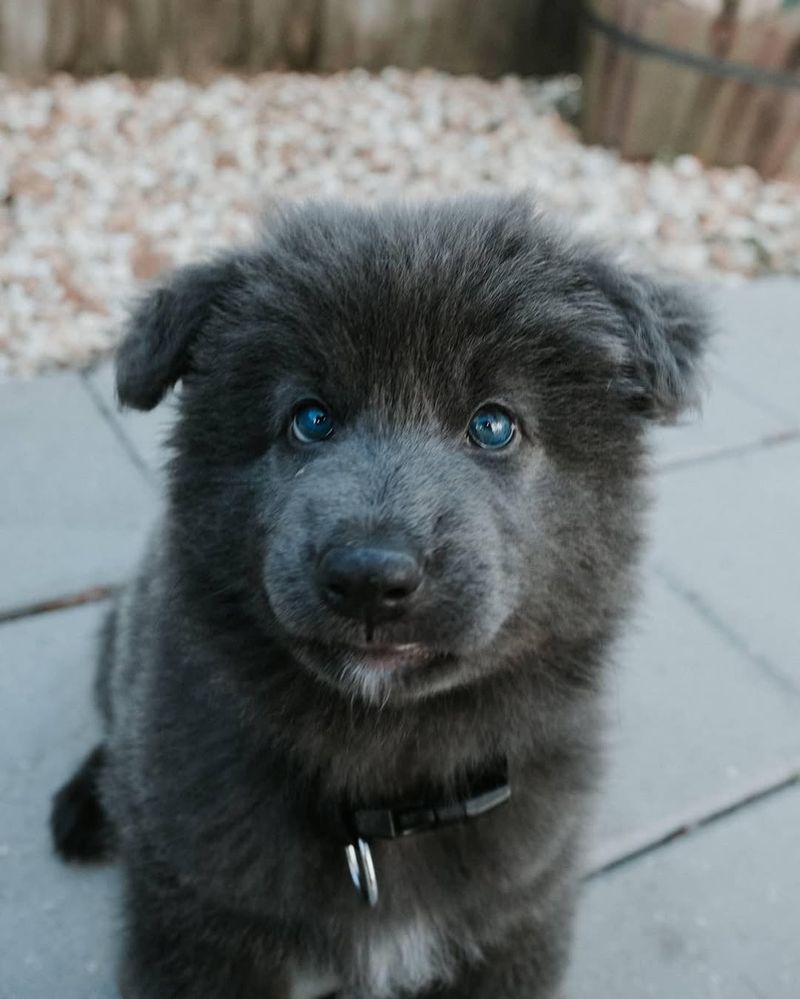
Training a Blue German Shepherd can be an enjoyable endeavor. Their intelligence and eagerness to please make them highly trainable. Consistent, positive reinforcement methods yield the best results. Start with basic commands, gradually introducing more complex tasks as they progress.
Socialization is equally important, helping them interact well with people and other animals. Patience and persistence are key, as each dog learns at its own pace.
8. The Blue German Shepherd’s Diet Preferences

Diet plays a vital role in a Blue German Shepherd’s health. A balanced diet rich in protein, healthy fats, and essential vitamins supports their active lifestyle. High-quality commercial dog food, supplemented with fresh vegetables and lean meats, provides the necessary nutrients.
Monitoring portion sizes is crucial to prevent obesity, a common issue in larger breeds. Fresh water should always be available to keep them hydrated.
9. Health Check: How To Keep Your Blue German Shepherd In Top Shape
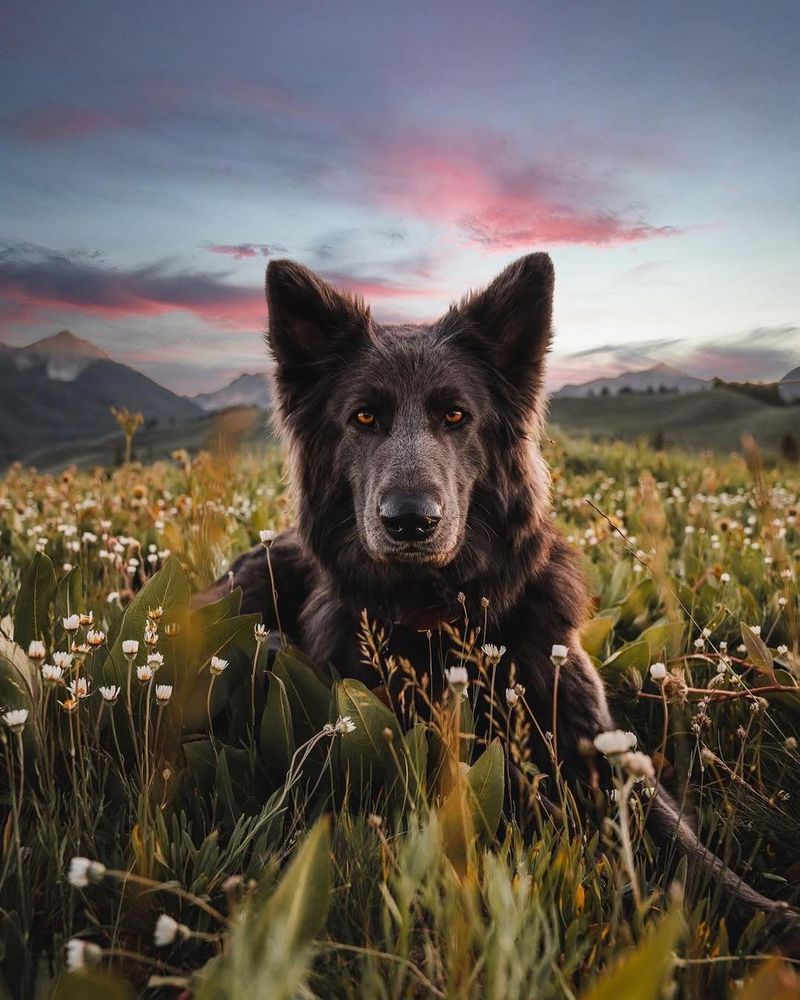
Regular health check-ups are vital in maintaining a Blue German Shepherd’s well-being. Routine veterinary visits help in early detection of potential health issues, ensuring timely intervention. Vaccinations, dental care, and parasite prevention are essential components of their healthcare regimen.
Maintaining a healthy weight through diet and exercise aids in preventing conditions like hip dysplasia, common in German Shepherds.
10. Grooming A Blue Gsd: Keeping That Beautiful Coat Shiny
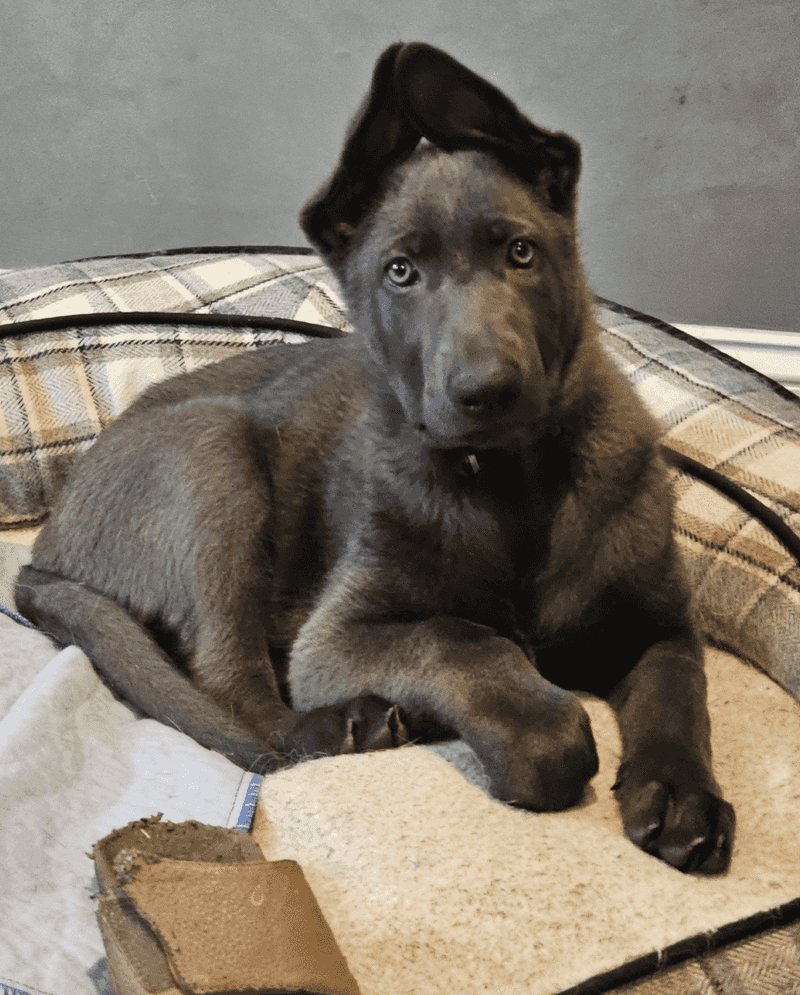
Grooming is an integral part of caring for a Blue German Shepherd. Their beautiful coat requires regular brushing to prevent matting and reduce shedding. This routine not only maintains their appearance but also strengthens the bond between dog and owner.
Occasional baths keep them clean and minimize any odor. Paying attention to ear cleanliness, nail trimming, and dental hygiene is equally important.
11. What’s The Cost Of A Blue German Shepherd Puppy?

Acquiring a Blue German Shepherd puppy can be a significant investment. Prices vary based on factors like breeder reputation, lineage, and location. On average, these puppies cost between $1,500 to $3,000.
Potential owners should budget for additional expenses such as vaccinations, microchipping, and initial supplies. It’s crucial to purchase from a reputable breeder who prioritizes health and ethical practices.
12. Can You Officially Register A Blue German Shepherd?
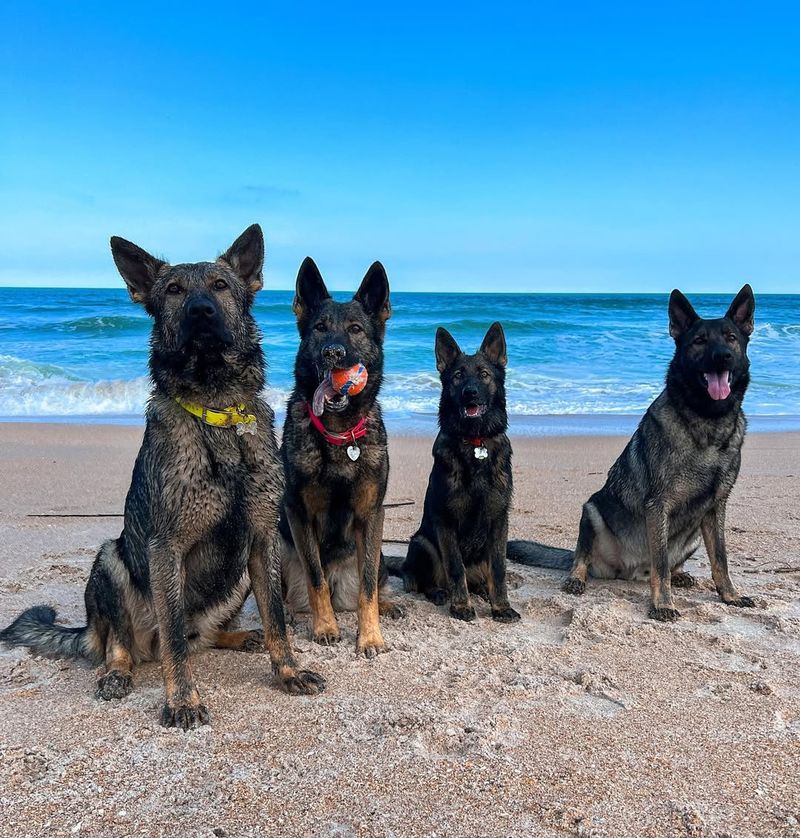
Registering a Blue German Shepherd with official canine clubs can be challenging. Many organizations, like the American Kennel Club, have strict standards that may not recognize the blue coat as standard. However, these dogs can be registered with clubs that accept color variations.
Registration provides benefits such as participation in dog shows and access to breed-specific information. Owners interested in registering their pet should research alternative registration bodies that acknowledge their unique characteristics.
13. Mixing It Up: Popular Blue German Shepherd Crossbreeds
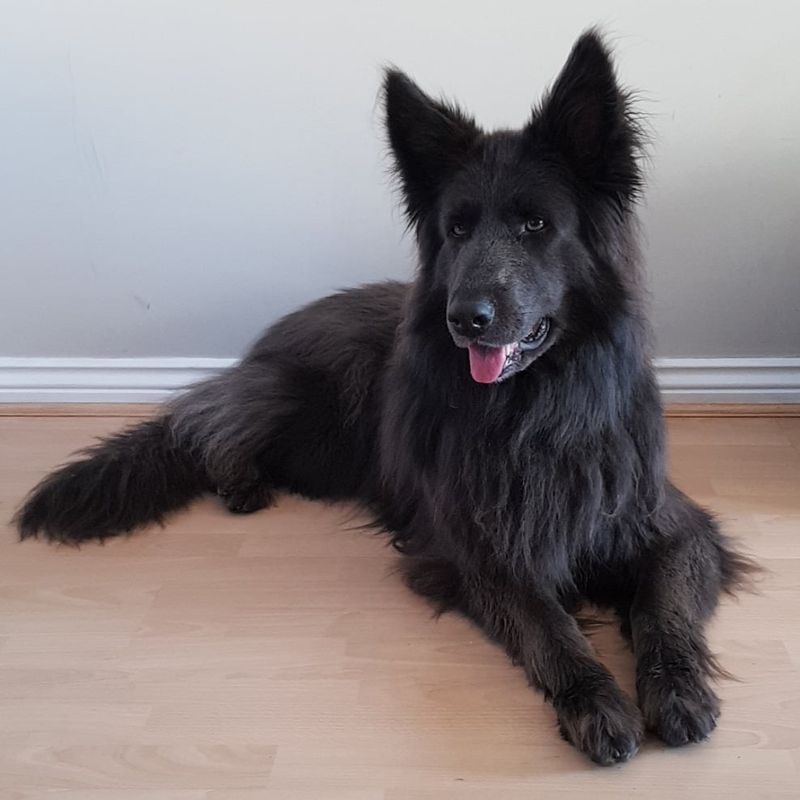
Blue German Shepherds are sometimes crossed with other breeds, creating unique hybrids. Popular mixes include the Blue Shepherd-Labrador and the Blue Shepherd-Husky. These crossbreeds inherit traits from both parent breeds, offering diverse appearances and temperaments.
While they may not always have the blue coat, their lineage often imparts intelligence and agility. Prospective owners should consider the characteristics of both breeds involved in the cross. This ensures the hybrid fits well into the family environment.
14. What You Need To Know About Potential Risks
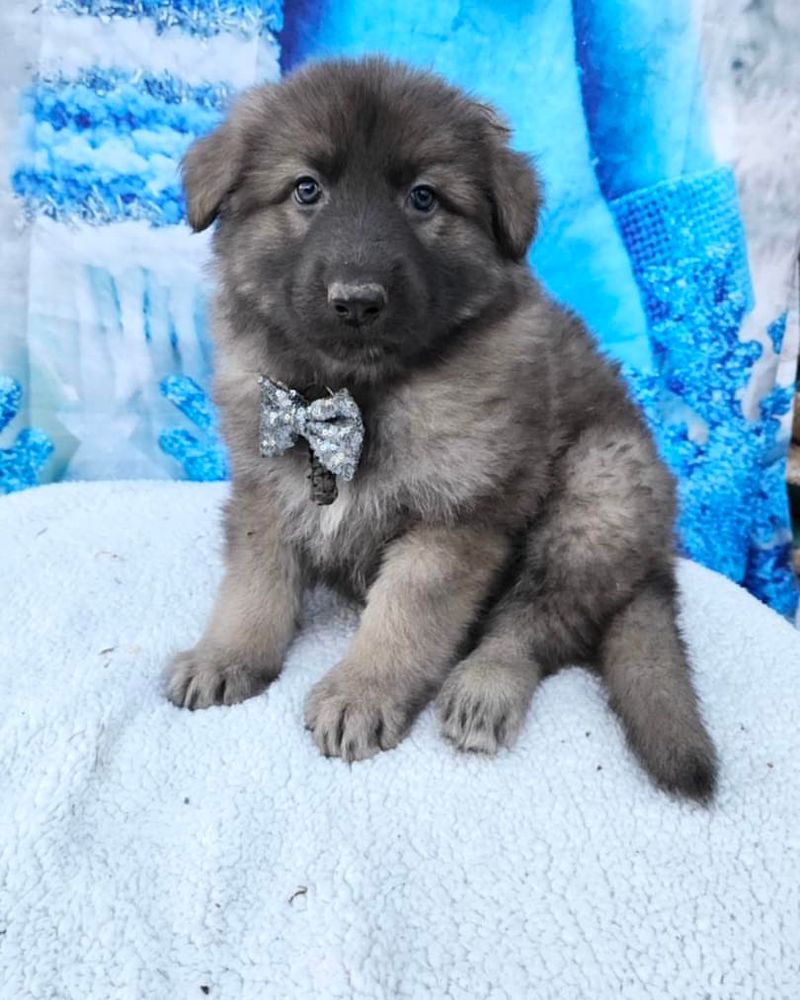
Like all breeds, Blue German Shepherds have specific health considerations. Potential risks include hip dysplasia, common in larger dogs. Regular screening and maintaining a healthy weight can mitigate this issue. They may also be prone to allergies, affecting skin and digestion.
Awareness and preventive care are key to minimizing these risks. Providing a balanced diet and regular exercise supports their overall health. Routine veterinary visits help in early detection and management of potential problems.
15. Common Training Hurdles And How To Overcome Them With A Blue Gsd
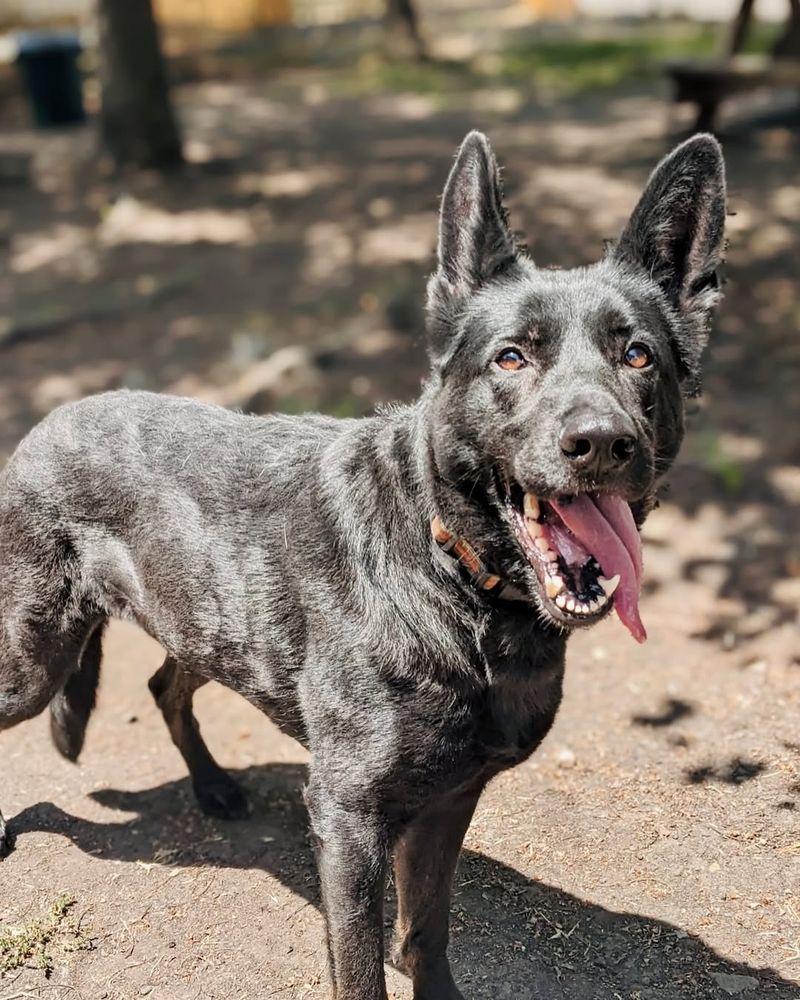
Training a Blue German Shepherd can present challenges, but they are surmountable with the right approach. Consistency is vital, as their intelligence can lead to stubbornness. Using varied training techniques keeps them engaged and responsive.
Owners should focus on positive reinforcement, rewarding desired behaviors. Socialization is crucial, preventing behavioral issues as they mature. Overcoming hurdles requires patience and understanding, as each dog has unique learning needs.





